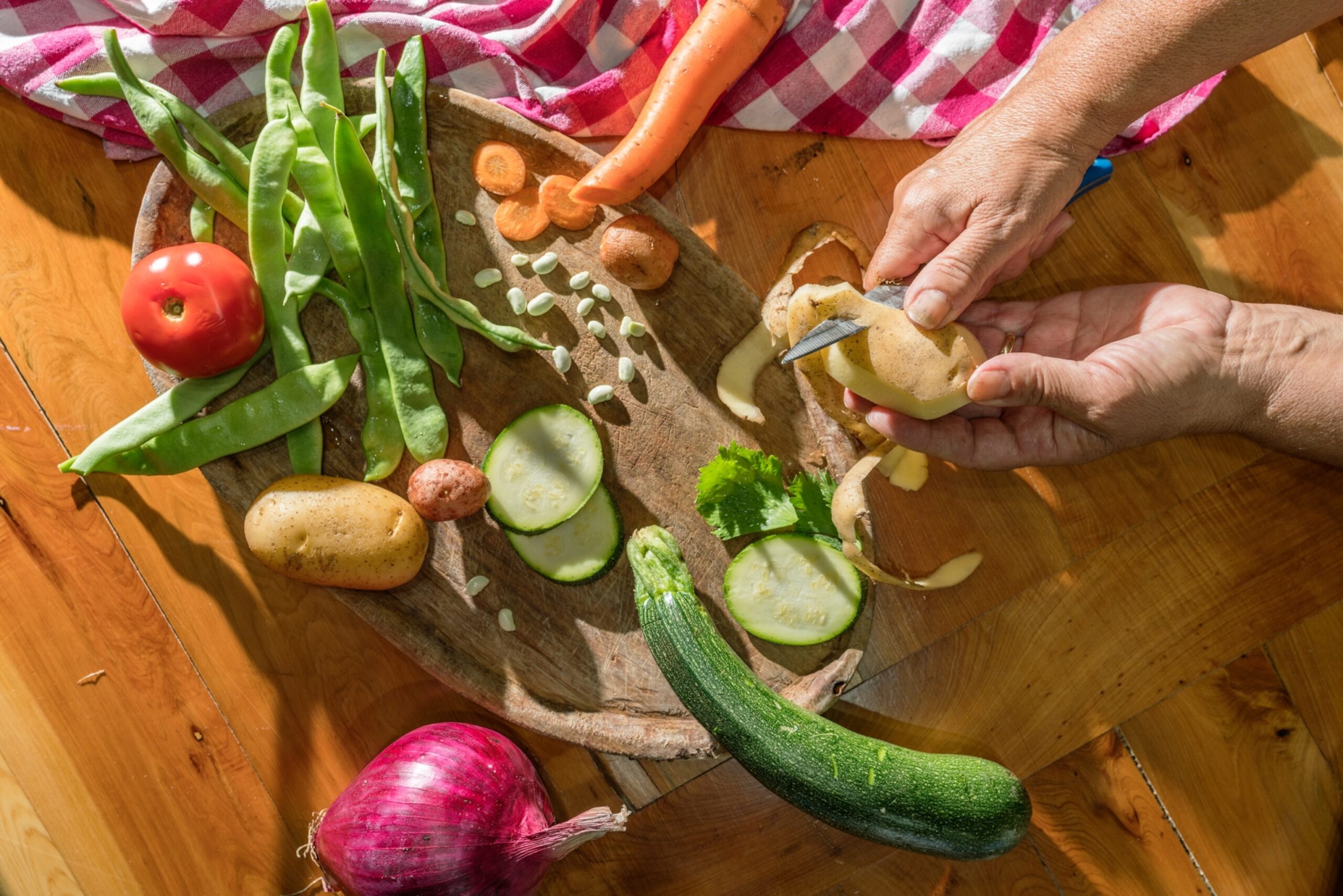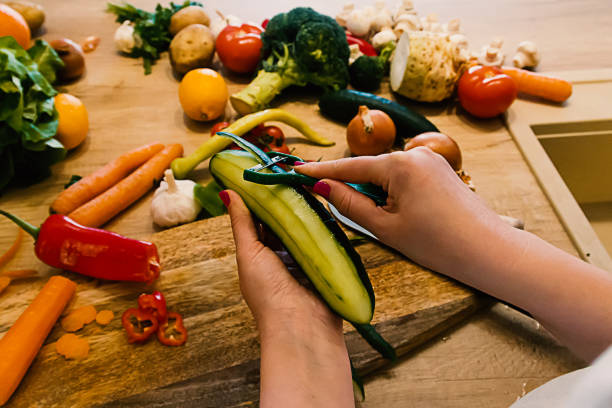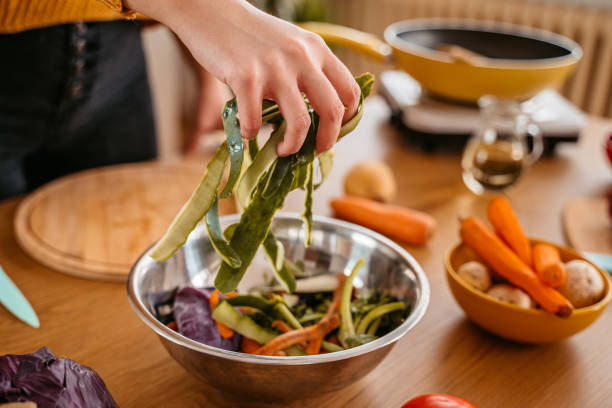Most of us peel fruits and vegetables without a second thought. But did you know that by tossing those skins, you’re discarding some of the most nutrient-packed parts of your food?
From bananas and apples to cucumbers and carrots, the peels of many fruits and vegetables are rich in fiber, antioxidants, vitamins, and minerals—often more than what’s inside!
Why Peels Matter
Apple peels contain quercetin, a powerful antioxidant that supports immunity.
Banana skins are a surprising source of tryptophan, which boosts serotonin (your mood hormone), plus potassium and lutein—great for eye health.
Cucumber peels help digestion thanks to insoluble fiber.
Even the white rind of watermelon improves blood flow, containing citrulline that supports heart health.
Orange peels? They pack 3x more vitamin C than the fruit itself!
In most cases, these peels are cholesterol-free, low-calorie, and fat-free, making them perfect additions to a healthy diet.

But What About Pesticides?
Worried about grime or chemicals? Don’t fret—good hygiene beats peeling:
Wash produce under running water (don’t soak!).
Scrub hard veggies with a brush.
Use a vinegar-water mix or baking soda for extra cleaning power.
Always dry with a clean cloth.
Buy organic when possible.

When to Peel — and When to Get Creative
Of course, not all peels are edible. Tough skins like taro, raw mango, or damaged produce are better off removed. But in most cases, peels can be reimagined:
Bake potato skins into crispy snacks
Dry orange or apple peels for herbal tea
Toss cleaned skins into soups or broths for added flavor and nutrition
Bottom Line
Peeling fruits and veggies may be a habit—but it’s not always the healthiest choice. With proper cleaning and a little creativity, your kitchen waste could become a nutritional treasure.


